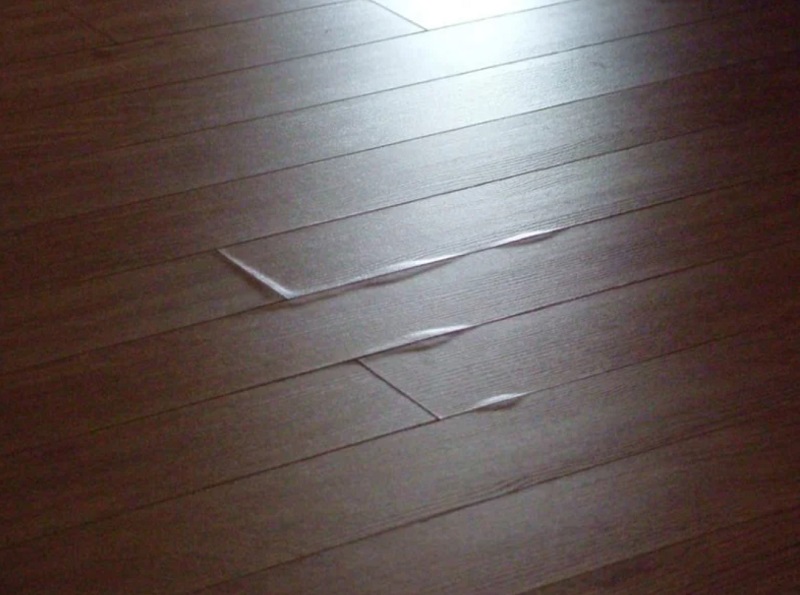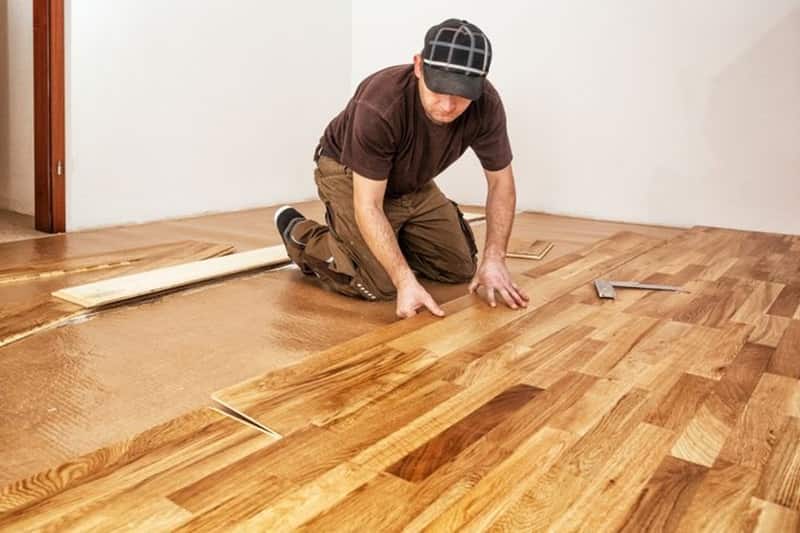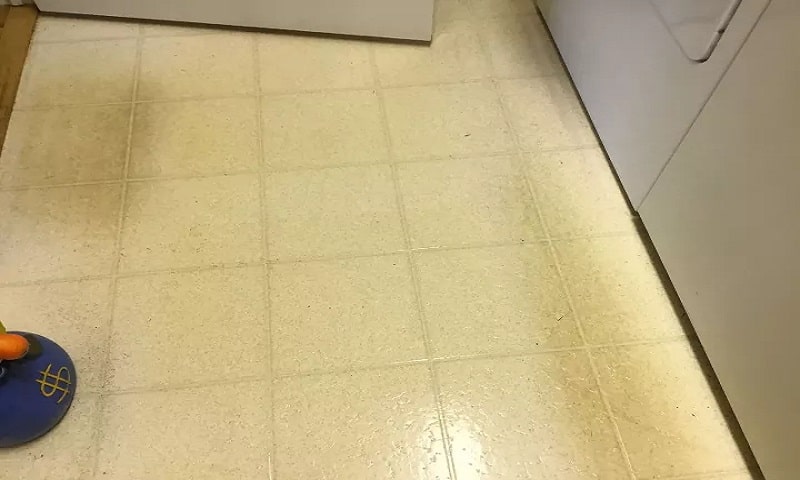Vinyl flooring is a popular choice for homeowners due to its durability, affordability, and ease of maintenance.
However, one issue that some homeowners may experience is bubbling in their vinyl flooring. Bubbling can be unsightly and may even be a tripping hazard.
In this article, we will discuss the causes of vinyl floor bubbling and provide solutions to help you resolve this issue.
Causes of Vinyl Floor Bubbling
- Moisture
One of the most common causes of vinyl floor bubbling is moisture. When moisture seeps under the vinyl flooring, it can cause the adhesive to loosen and the flooring to bubble. This can occur due to a variety of reasons, such as high humidity, a leaking pipe, or a flood.
- Improper Installation
Another common cause of vinyl floor bubbling is improper installation. If the subfloor is not properly prepared or if the vinyl flooring is not installed correctly, it can lead to bubbling.
- Wear and Tear
Over time, vinyl flooring can become worn and may begin to bubble or warp. This is especially true in high-traffic areas or in areas where heavy furniture is placed.
Solutions to Vinyl Floor Bubbling
- Address the Moisture Issue
If moisture is causing your vinyl flooring to bubble, it is important to address the issue as soon as possible. This may involve repairing a leaky pipe, installing a dehumidifier, or using a waterproofing product to seal the floor.
- Replace Damaged Sections
If only a small area of the vinyl flooring is bubbling, it may be possible to replace that section without having to replace the entire floor. This is especially true if the bubbling is due to wear and tear or a specific incident such as a spill or a heavy object being dropped on the floor.
- Install a New Floor:
In some cases, the best solution for vinyl floor bubbling may be to install new vinyl flooring over it. This is especially true if the bubbling is widespread or if the flooring is very old and worn.
Preventing Vinyl Floor Bubbling
- Proper Installation:
The best way to prevent vinyl floor bubbling is to ensure that the flooring is installed correctly. This may involve hiring a professional installer or taking the time to carefully follow the manufacturer’s instructions.
- Prepare the Subfloor:
Before installing vinyl flooring, it is important to properly prepare the subfloor. This may involve cleaning and leveling the surface, removing any debris or old flooring, and allowing the subfloor to dry completely.
- Use Quality Materials:
Using high-quality materials can help prevent vinyl floor bubbling. This includes using a high-quality adhesive and ensuring that the flooring is rated for the specific type of installation (e.g. residential or commercial).
- Regular Maintenance:
Regular maintenance can help prevent wear and tear on vinyl flooring and may help identify any issues before they become more serious. This may involve sweeping or vacuuming regularly, using furniture pads, and cleaning up spills immediately.
Conclusion
Vinyl floor bubbling can be an unsightly and potentially dangerous issue for homeowners.
However, by understanding the causes of bubbling and taking steps to prevent and address the issue, it is possible to keep your vinyl flooring looking beautiful and safe for years to come.
If you are experiencing bubbling in your vinyl flooring, consider the solutions discussed in this article and reach out to a professional if needed to ensure that the issue is resolved properly.


